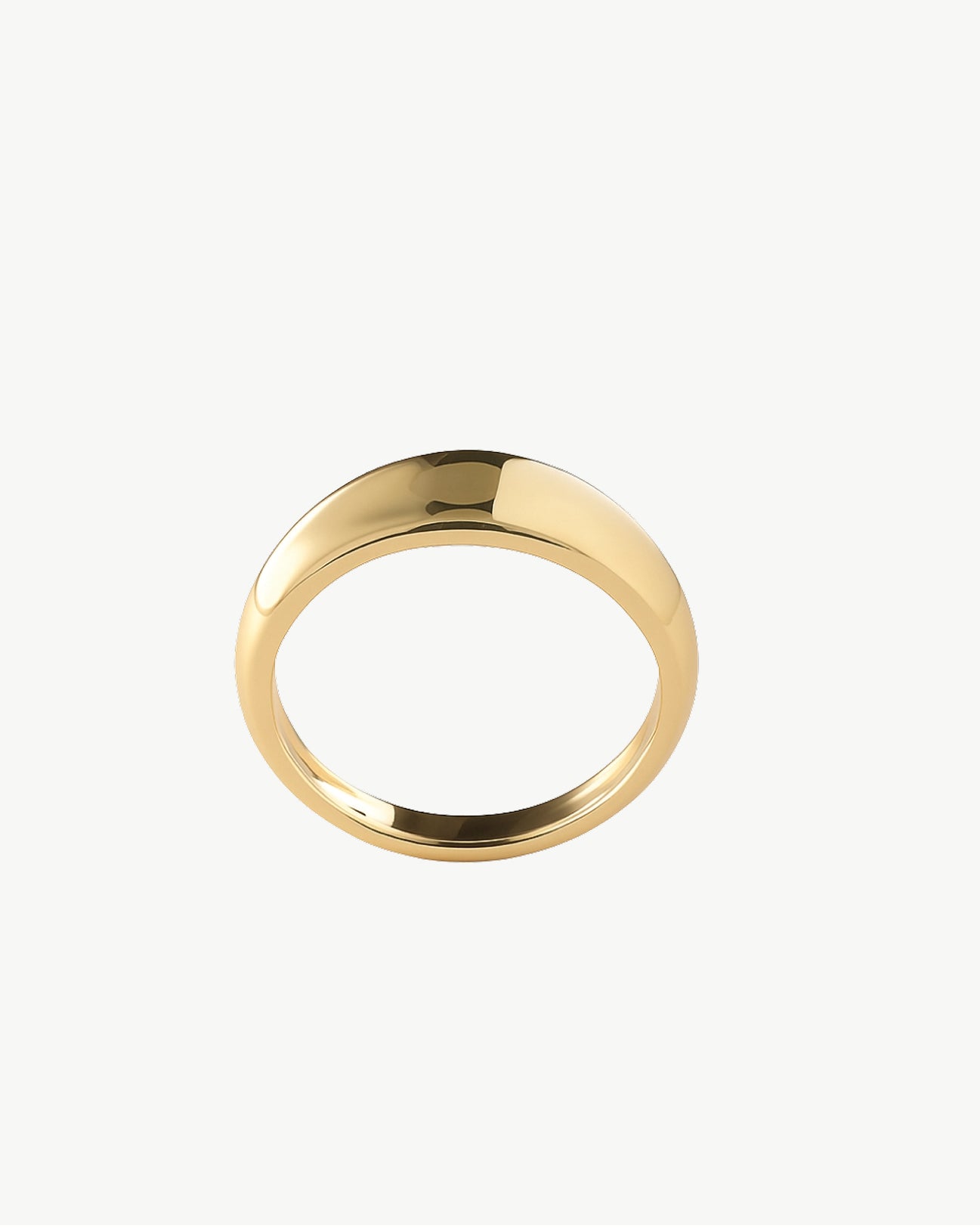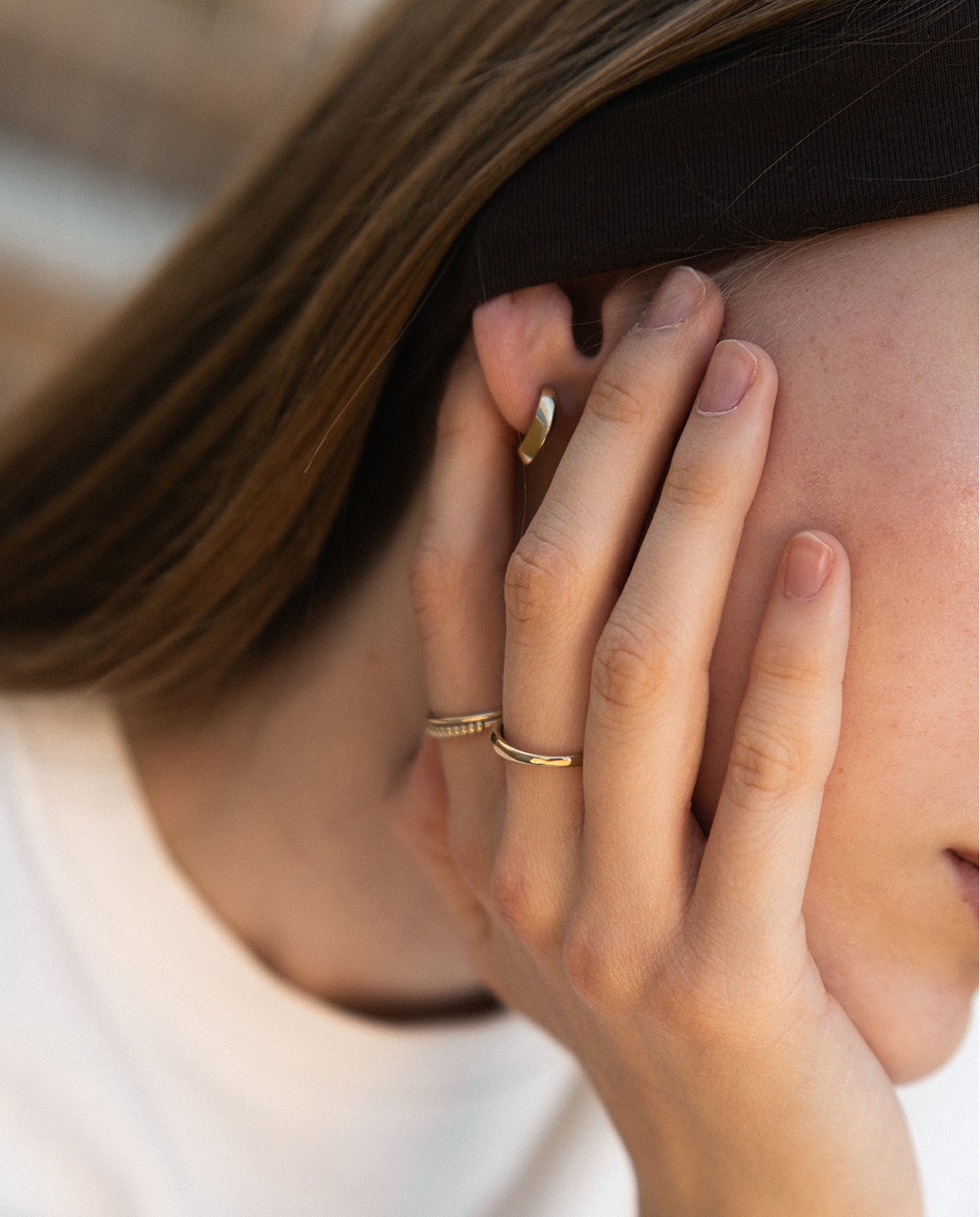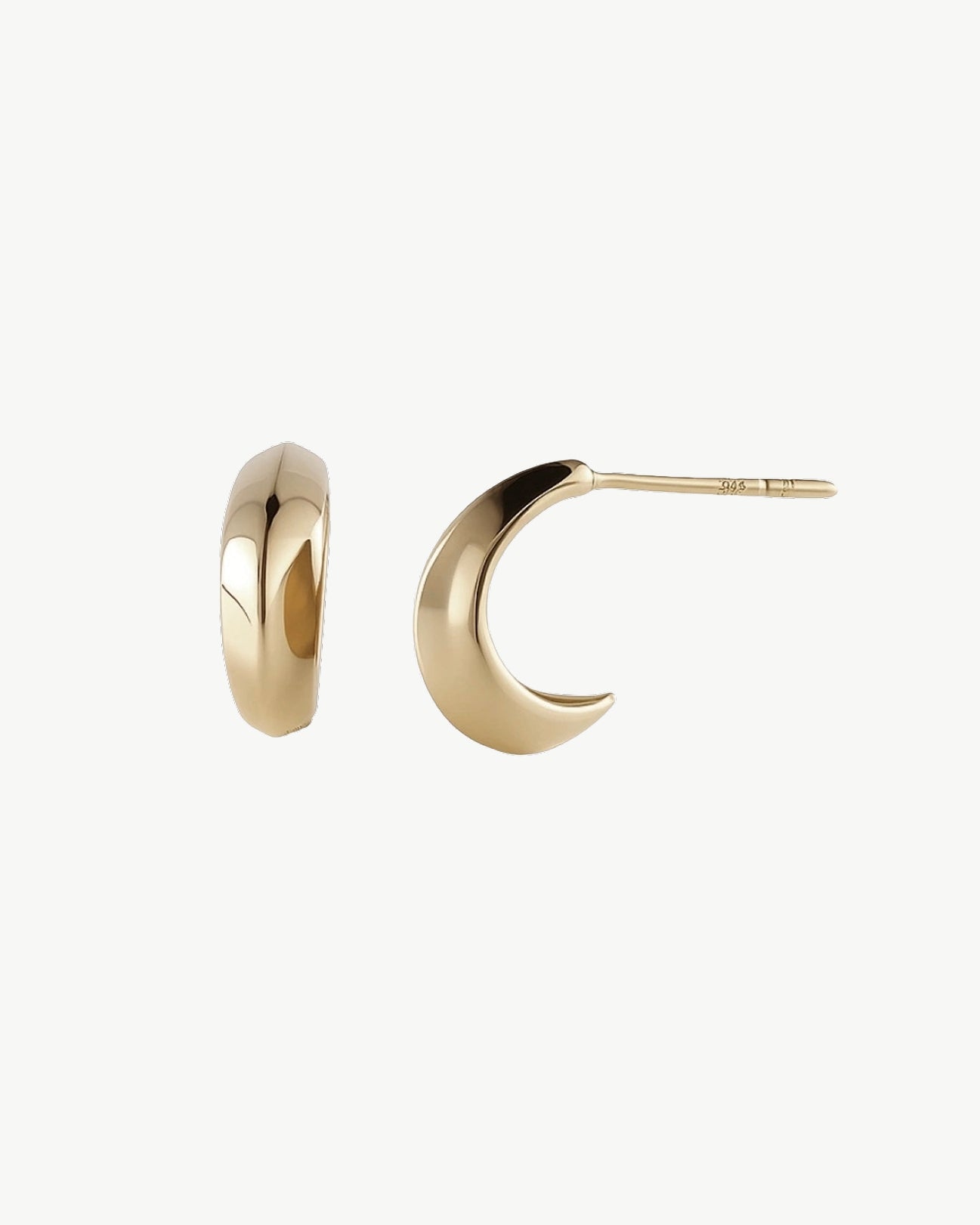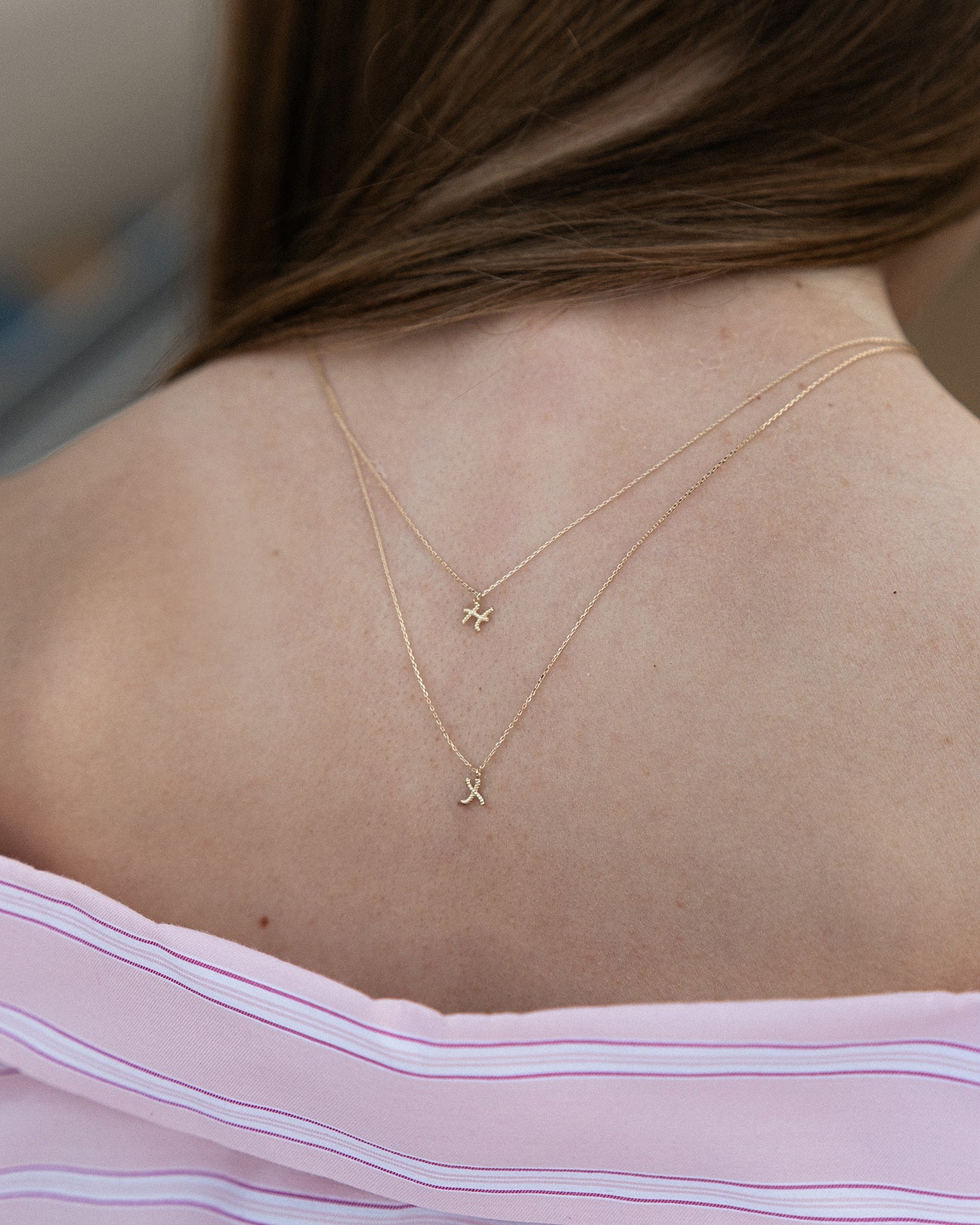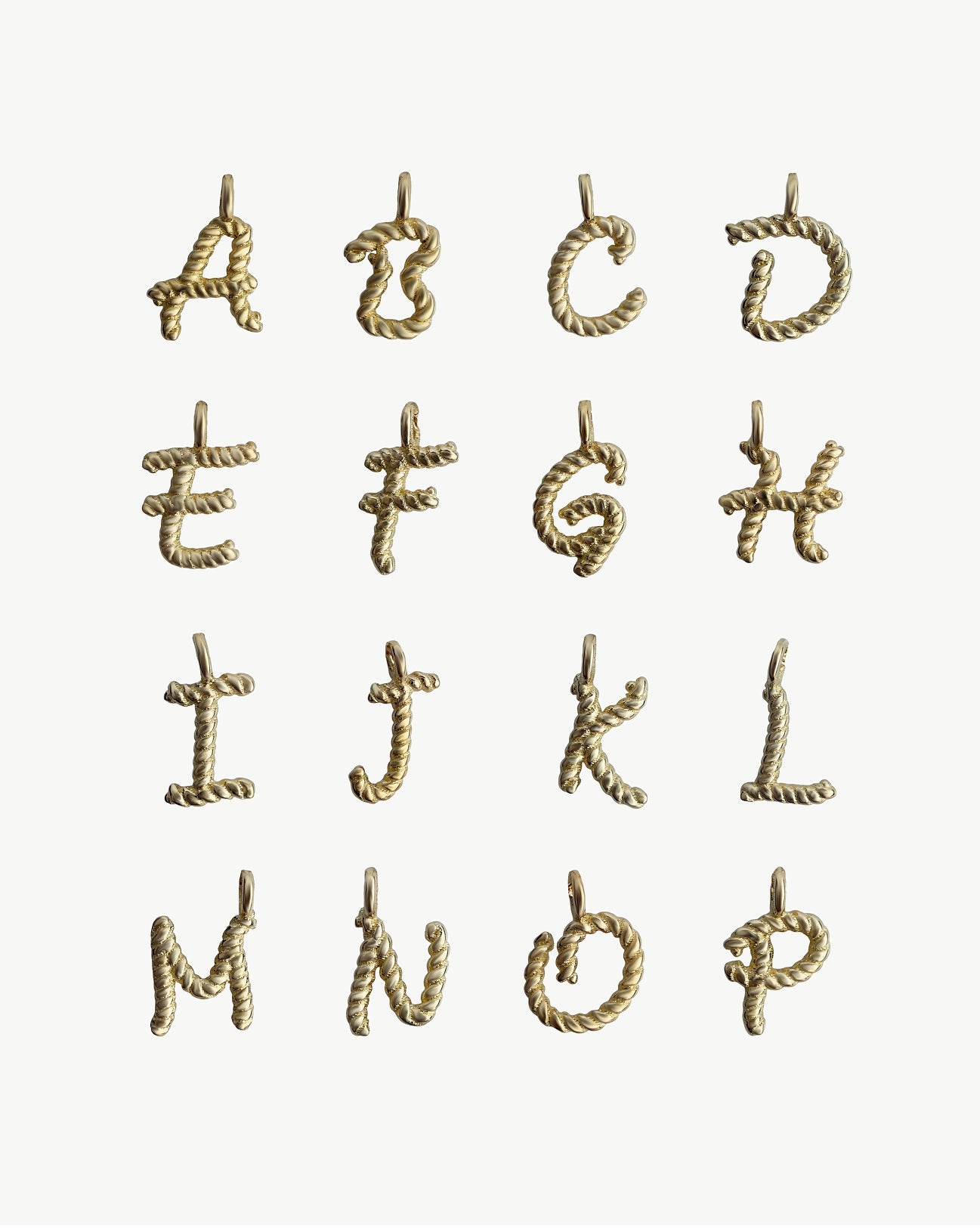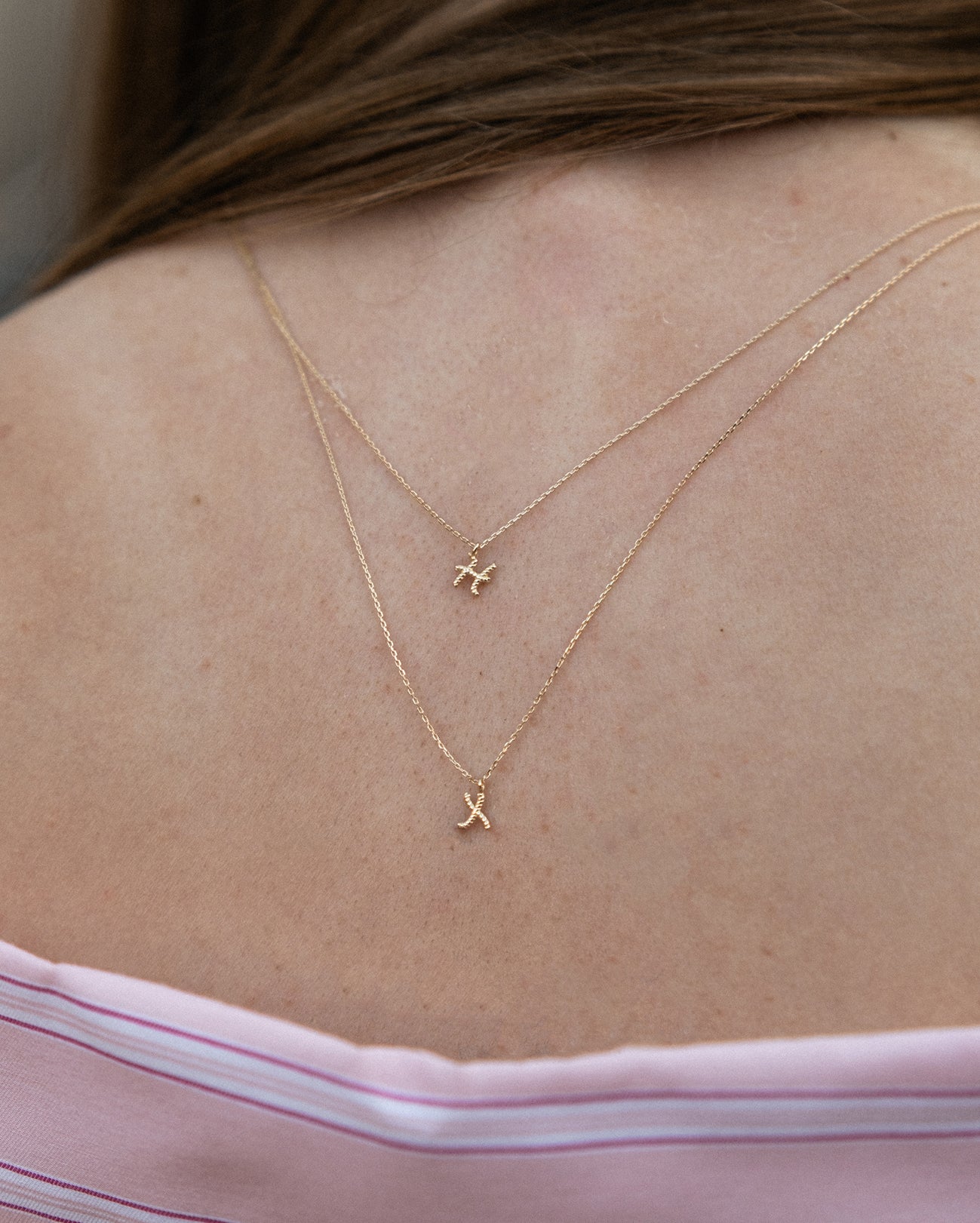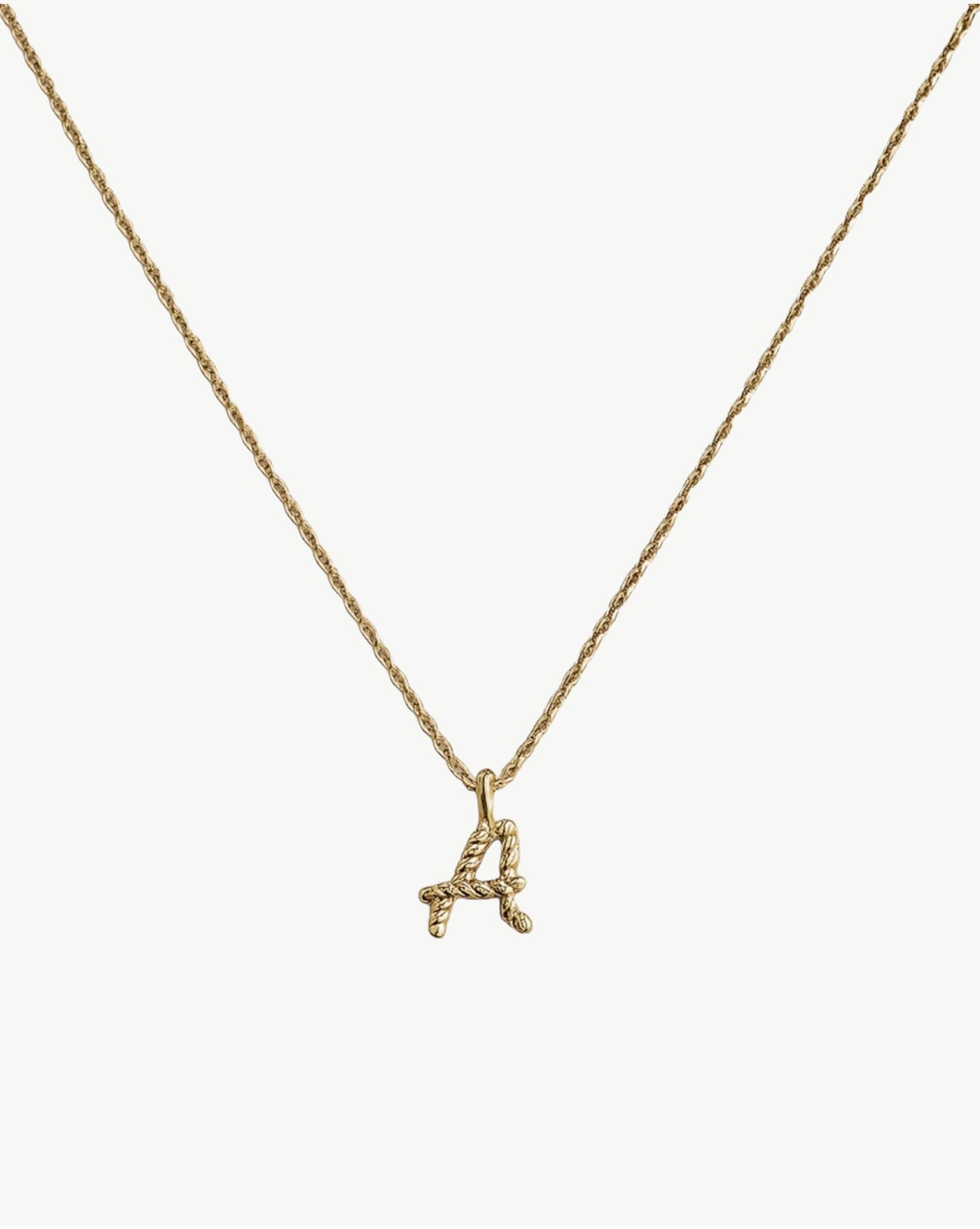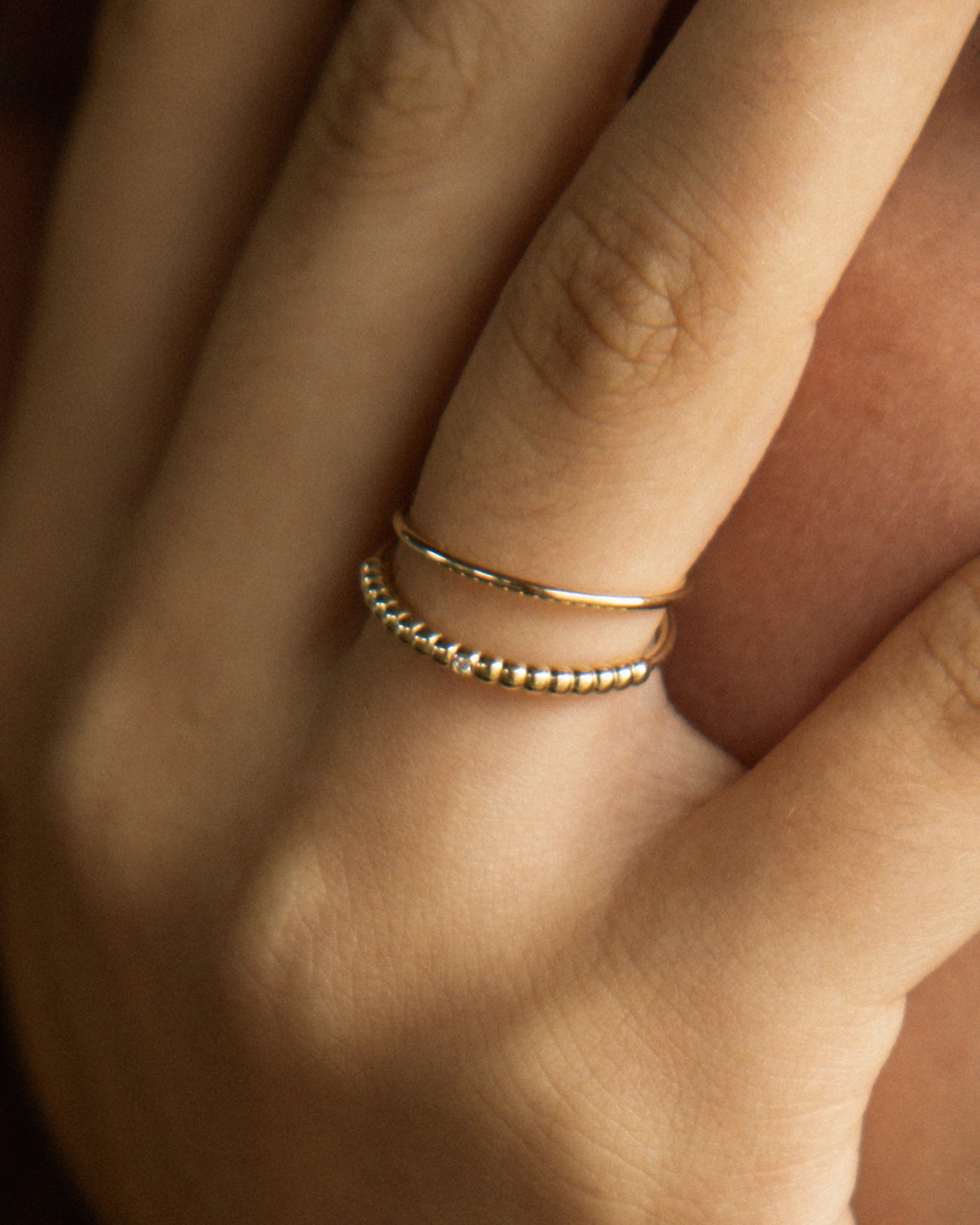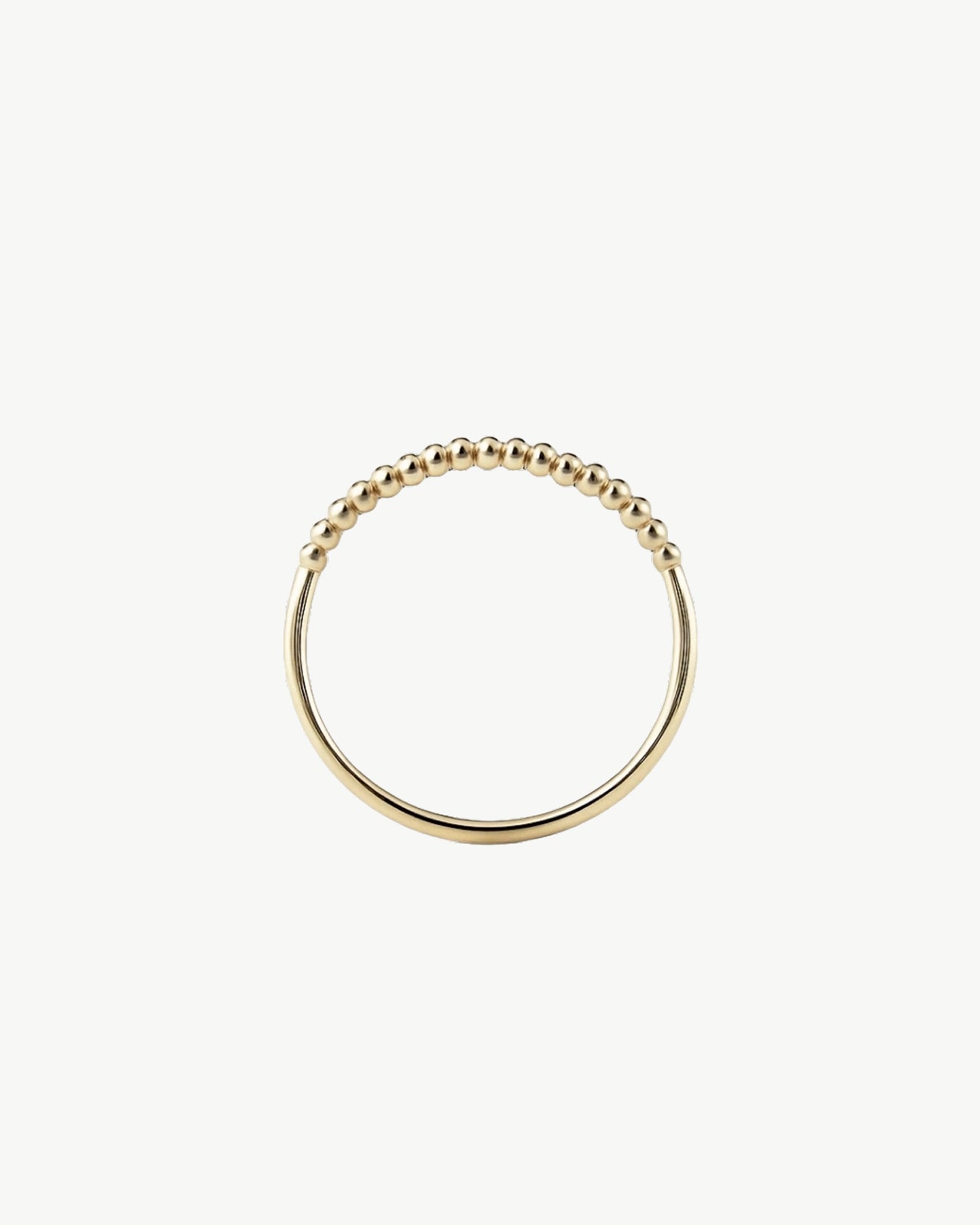Why Understanding Gold Types Actually Matters
Shopping for gold jewelry today can feel like navigating a minefield of beautiful options and confusing terminology. From “solid gold” to “vermeil,” “filled,” or “plated,” brands throw around a lot of terms that sound luxurious—but don’t always explain what they mean. And if you’re investing in jewelry that’s meant to last, that’s a problem.
Because not all gold is created equal. Some pieces are crafted to last decades. Others won’t survive six months of wear.
At MUSE of My Own, we believe in transparency—so here’s a clear, honest guide to help you understand what you're really buying. Whether you're building your first fine jewelry collection or upgrading from fast fashion pieces, this breakdown will help you shop smarter and feel confident in your choice.
What Is Solid Gold?
Solid gold is exactly what it sounds like: jewelry made entirely from a gold alloy. That means there’s no base metal underneath, no coating to wear off—just gold blended with an exact percentage of other metals to make it strong enough to wear daily.
Pure gold (24 karats) is too soft for most jewelry, which is why you’ll usually see solid gold sold as 18K, 14K, 10K, or 9K. The lower the karat, the less pure gold—but the stronger the metal. At MUSE of My Own, we focus on 9K solid gold because they offer the best of both worlds: real gold, with maximum durability.
Solid gold doesn’t flake or fade. It’s hypoallergenic (if the right alloys are used - that is what we deeply care about), easy to care for, and retains its beauty (and value) for decades. Yes, it costs more upfront—but it pays off over time. It’s not just jewelry—it’s a long-term investment.
What Is Gold Vermeil?
Gold vermeil (pronounced ver-MAY) is sterling silver coated with a layer of gold. To legally qualify as vermeil in the EU and U.S., the gold must be at least 10K and at least 2.5 microns thick. That’s more gold than in most plated pieces, which is why vermeil often gets marketed as “better quality.”
And it is better than standard plating—but it’s still not solid gold. Over time, the gold layer will wear off, especially if you wear the piece daily or expose it to water, sweat, or friction. Once the gold fades, what’s left is silver—lovely, but not the gold you paid for.
Vermeil is a decent option for occasional jewelry, but if you're looking for something to wear constantly, its beauty is temporary.
What About Gold-Filled Jewelry?
Gold-filled jewelry sits somewhere between vermeil and solid gold. It’s made by bonding a thick layer of gold (usually 5% of the total weight) to a base metal—often brass. This bonded layer makes it more durable than gold-plated or vermeil pieces, and it won’t flake off quite as quickly.
But it’s still not permanent. With time and wear, especially in high-contact areas like rings and bracelets, the gold will eventually wear away. It also lacks the same hypoallergenic properties—since base metals like brass or nickel can be hiding underneath.
Gold-filled jewelry can be a good budget-friendly option, but it’s still not built to last like solid gold. You may find yourself replacing it sooner than you’d like.
And Then There’s Gold-Plated Jewelry…
Gold-plated jewelry is often the least expensive—and for good reason. It uses the thinnest possible layer of gold (sometimes just 0.5 microns thick) applied over an inexpensive base metal like brass or stainless steel. It may look beautiful when brand new, but that layer wears off fast.
With regular wear, gold-plated pieces tarnish, fade, and often cause skin discoloration or irritation. Once the gold is gone, there’s no way to restore it. These are the pieces that look great for a season but end up forgotten in your drawer.
Gold plating is fine if you're buying a short-term fashion piece. But for meaningful jewelry that’s supposed to last, it’s not the material you want.
Why We Only Use Solid Gold at MUSE of My Own
When we say our jewelry is made to last a lifetime, we mean it. That’s why we only use hallmarked, solid gold in every piece. It’s real, responsibly sourced, and strong enough to be worn every day.
Solid gold won’t flake, fade, or betray your skin. It holds its shine, its structure, and its meaning. And when crafted thoughtfully—as ours are in small batches here in Europe—it becomes more than jewelry. It becomes part of your story.
You deserve to know what you're wearing. And with solid gold, there's no fine print.
Final Thoughts: What You’re Really Paying For
At first glance, all gold jewelry can look similar. But the real difference shows up with time. Solid gold is the only option that doesn’t wear off, change color, or compromise on quality. It’s jewelry you never have to think twice about—and never have to replace.
So if you’re comparing prices and wondering why one gold ring is €50 and another is €150, look closer. One is surface-level. The other is solid.


